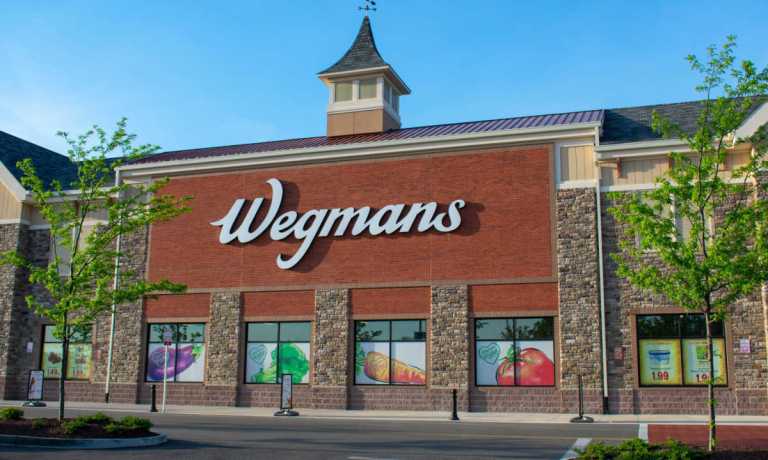At the supermarket, self-service is no longer just for checkout.
In an effort to boost margins by lowering their labor costs, grocers are looking to integrate self-service options into more parts of the in-store journey. Most recently, Rochester, New York-based regional supermarket chain Wegmans Food Markets, which has 110 East Coast locations, has been piloting a program to replace its associate-attended coffee bars with self-service coffee stations, as Rochester’s News 10 NBC reported.
The news comes as decreased demand has made the economics of maintaining a staffed coffee bar more challenging.
“Over the last several years, we have seen a significant change to our coffee business, including a decrease in the morning traffic flow to our Buzz Coffee Shops,” a Wegmans spokesperson told the news outlet. “We are in the process of piloting a self-serve coffee model at select stores in Rochester. As part of this pilot, we are introducing self-serve coffee machines that allow customers to choose from a variety of specialty and brewed coffee drinks, made freshly just for them.”
Certainly, consumers are accustomed to self-service options at the grocery store. Research from the PYMNTS study “Today’s Self-Service Shopping Journey: The New Retail Expectation,” which was created in collaboration with Toshiba Global Commerce Solutions and drew from a survey of more than 2,000 U.S. adults, found that 1 in 3 consumers used self-checkout options for their most recent in-store grocery purchase.
It is not only coffee stations. A number of supermarkets, ranging from major brands such as Kroger to smaller chains such as Schnucks, are offering in-store restaurants and prepared meal stations where consumers place their orders via kiosks.
Advertisement: Scroll to Continue
Moreover, many grocers have been rolling out mobile features through which consumers can track down for themselves information for which they may have once had to seek out an associate — visibility into which products are in stock, guidance as to how to navigate the store and more.
Grocers are not only integrating self-service into the shopping journey to cut costs but also because they believe it will improve consumers’ experience, and consequently their loyalty. Research from PYMNTS’ study “Big Retail’s Innovation Mandate: Convenience And Personalization,” created in collaboration with ACI Worldwide, which draws from a survey of 300 major retailers in the U.S. and the U.K., finds that 61% of grocers believe that shoppers would be very or extremely likely to switch merchants if self-checkout kiosks were not provided.
Consumers echo this finding. According to data cited in the February edition of PYMNTS’ Retail Tracker® series, Innovating the Retail Checkout Experience, created in collaboration with LS Retail, 61% of consumers thought cashiers focus more on scanning than on customer satisfaction, and 30% thought they are a burden to clerks if they have too many items.
Yet, there may be downsides. In an interview with PYMNTS, Grabango Chief Revenue Officer Andy Radlow said traditional self-service (i.e., not computer vision) has significant drawbacks for retailers.
“Self-checkout has been around for over 20 years and has been a compromise … and that is of course increased shrink, increased theft. And there have been countermeasures employed — computer-vision-based countermeasures Everseen, et cetera — but it’s still a healthy tension,” Radlow said.

